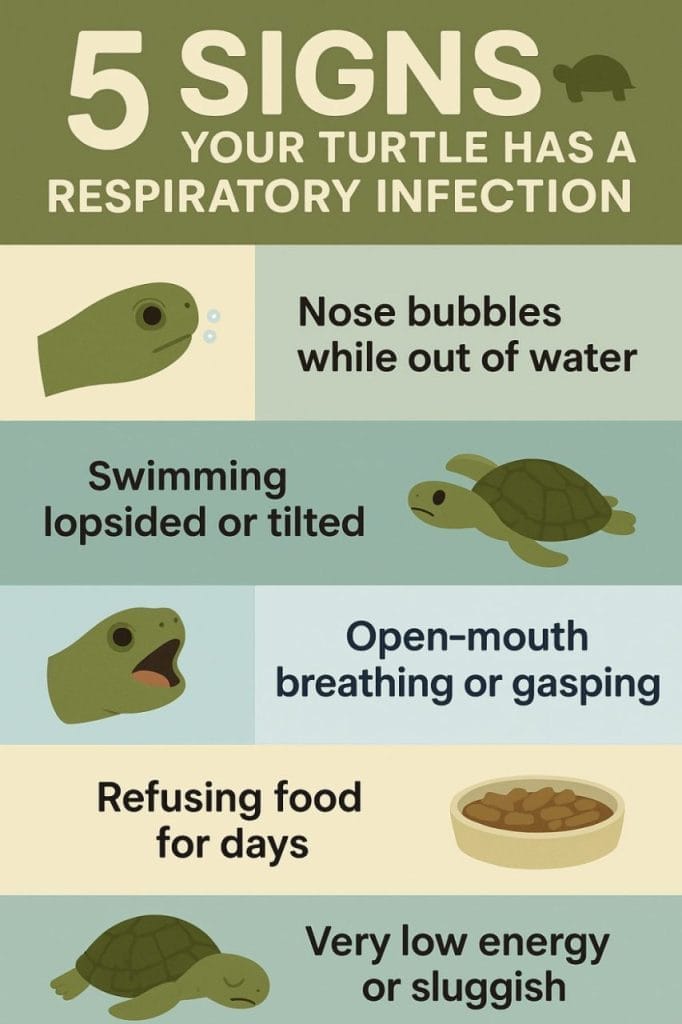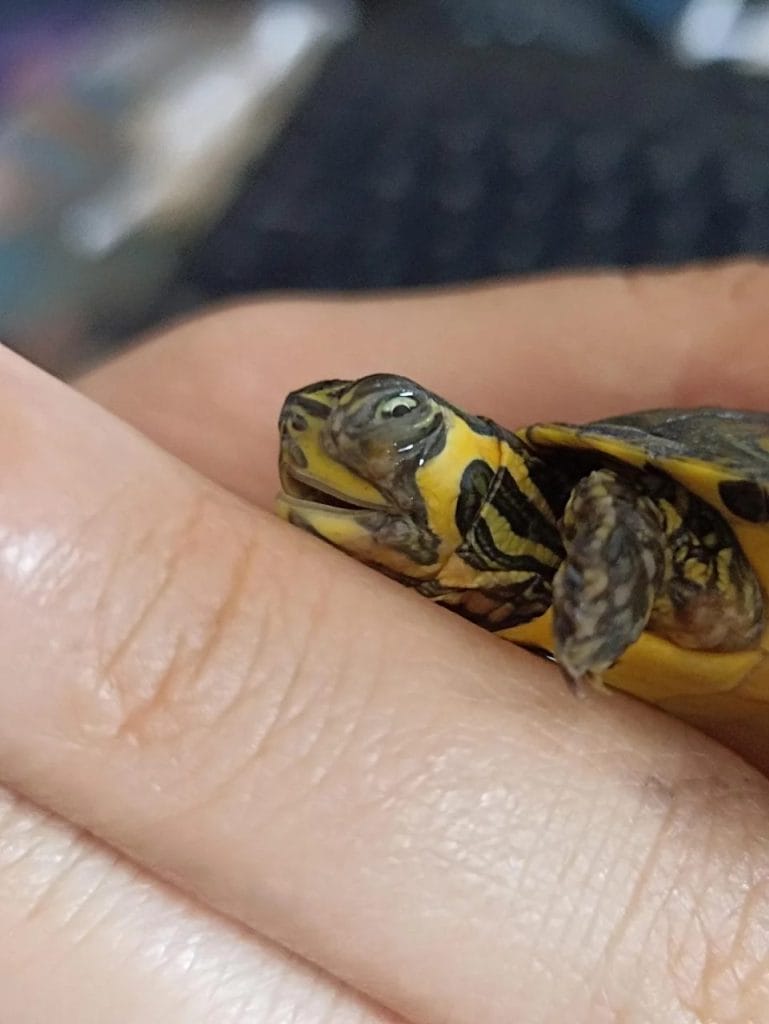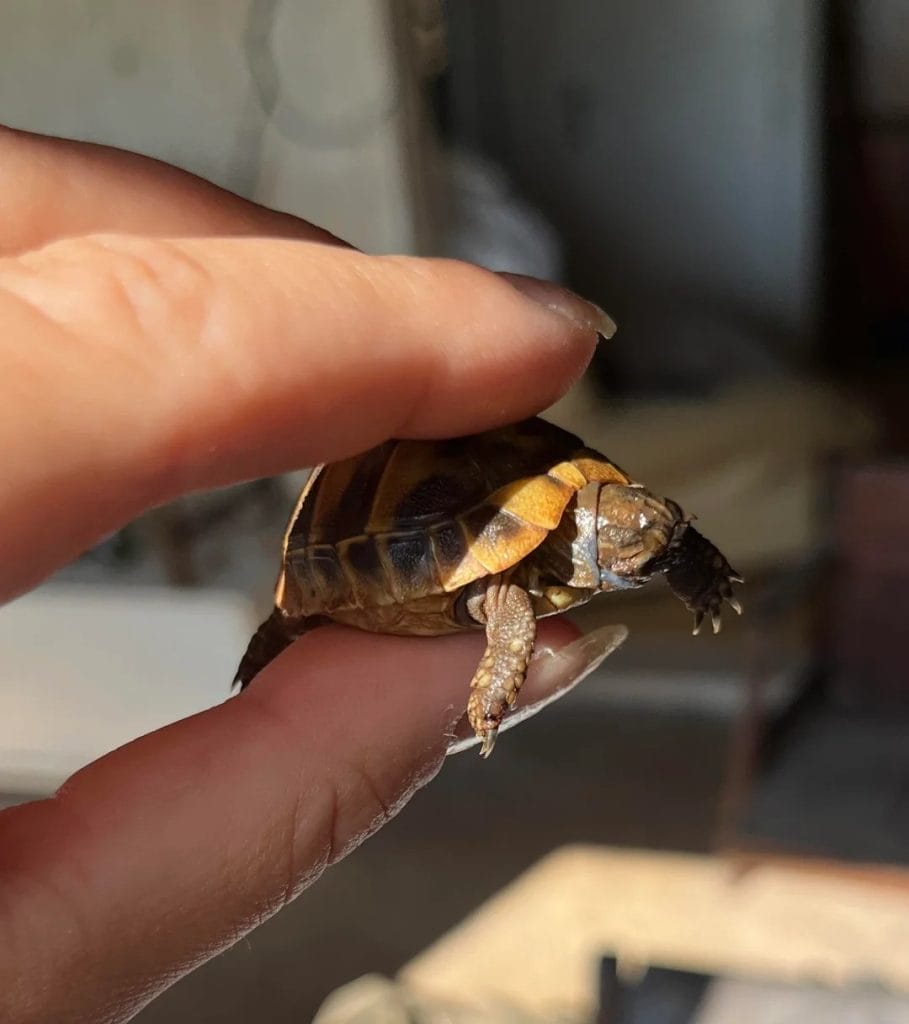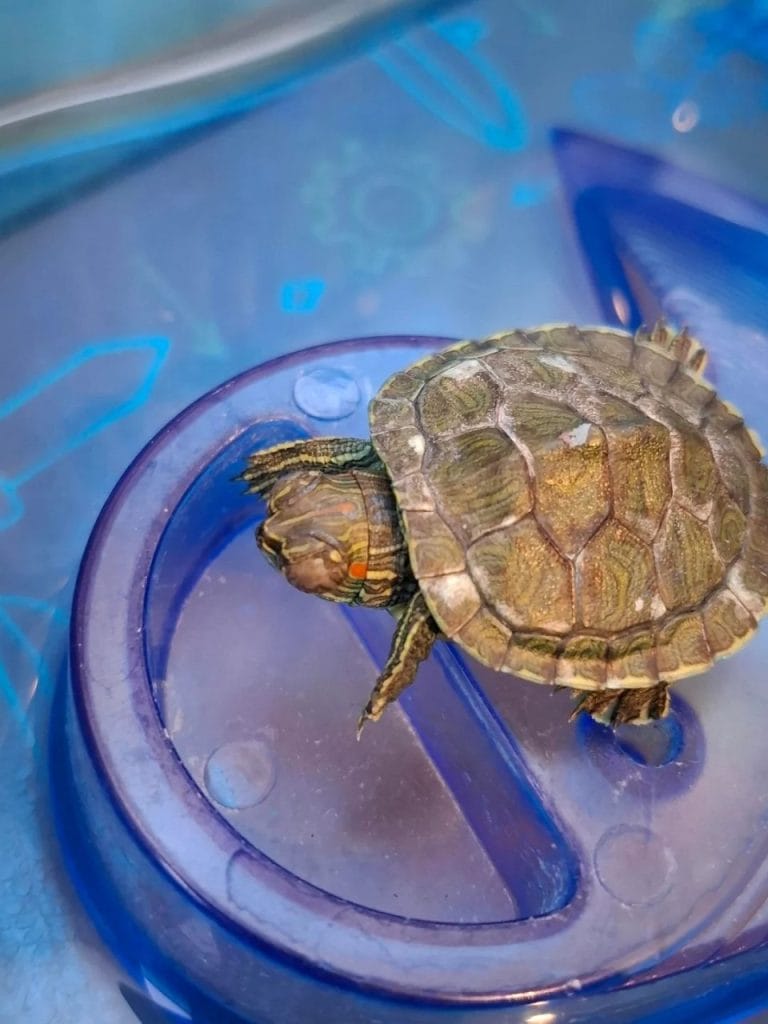How to Treat Respiratory Infection in Turtles at Home?

This post was created with help from AI tools and carefully reviewed by a human (Muntaseer Rahman). For more on how we use AI on this site, check out our Editorial Policy.
Your turtle’s acting strange—less active, not eating, and maybe even tilting to one side in the water. Then you see it: bubbles from the nose.
That’s not just a cold. That’s likely a respiratory infection. And it’s serious.
I’ve been there. It’s scary. Vet clinics aren’t always close, and not everyone has a reptile specialist on speed dial. This guide isn’t a magic fix—but if you’re stuck at home right now, here’s what you can do to help your turtle while you figure out next steps.

Need To Talk With A Turtle Vet Right Now?
What a Respiratory Infection Looks Like
Your turtle’s not just being lazy. If it’s sitting around with its eyes closed, not eating, and acting weird, something’s up.
Here’s what to watch for:
- Bubbles coming from the nose – Not cute. This is one of the most obvious signs something’s wrong.
- Gasping or open-mouth breathing – That little turtle shouldn’t be panting like it ran a marathon.
- Floating lopsided – If it keeps tipping to one side in the water, that’s fluid buildup messing with its lungs.
- No interest in food – Missing one meal? Maybe it’s picky. Missing two or three? Big red flag.
- Not basking – Sick turtles often skip basking because they feel awful.
- Wheezing, clicking, or popping sounds – Yes, turtles can wheeze. And no, it’s not normal.
If your turtle shows more than one of these, stop guessing. It’s probably a respiratory infection, and you’ve got a short window to act before it gets worse.
Respiratory infections often cause turtle floating syndrome due to fluid in the lungs affecting buoyancy control.
When You Should Go Straight to a Vet
If you’re hoping it’ll just “get better in a few days,” stop right there. Respiratory infections in turtles don’t magically fix themselves. And no, warm water and a few pellets won’t cut it.
Here’s when you stop everything and call a vet:
- Your turtle is gasping for air – This isn’t a “wait and see” moment. It’s already struggling to breathe.
- Floating unevenly – If it’s always tilted to one side, there’s likely fluid in the lungs. That’s not going away on its own.
- No food for 2+ days – Skipping meals for a day is fine. More than two? That’s a problem.
- Getting worse even with heat and clean water – If you’ve raised the temps and done all the basic care but your turtle still looks miserable, you’re wasting time.
- Wheezing or popping sounds keep going – That’s infection in the lungs, not just “turtle snoring.”
Don’t wait until it’s too late. These signs mean you’re past home remedies. You need real meds—usually injections—and only a reptile vet can handle that.

This Hilarious Turtle Book Might Know Your Pet Better Than You Do
Let’s be real—most turtle care guides feel like reading a textbook written by a sleep-deprived zookeeper.
This one’s not that.
Told from the snarky point of view of a grumpy, judgmental turtle, 21 Turtle Truths You’ll Never Read in a Care Guide is packed with sarcasm, sass, and surprisingly useful insights.
And hey—you don’t have to commit to the whole thing just yet.
Grab 2 free truths from the ebook and get a taste of what your turtle really thinks about your setup, your food choices, and that weird plastic palm tree.
It’s funny, it’s honest, and if you’ve ever owned a turtle who glares at you like you’re the problem—you’ll feel seen.
What You Can Do at Home (Temporary Relief Only)
Let’s be honest—this won’t cure the infection. But it might help your turtle hang in there while you find a vet.
Raise the Basking Temperature
Set the basking spot to 90–95°F. Sick turtles need extra heat to support their immune system. Use a thermometer—don’t guess.
Warm, Clean Water
Keep water temps around 82–85°F. Cold water slows them down and makes recovery harder. Clean water also prevents more infections.
Set Up a Dry Dock
Create a dry basking area with strong heat. Let your turtle rest out of water for a few hours a day. Watch closely so it doesn’t overheat or dry out too much.
Give Short Warm Soaks
Use shallow water at 85–90°F for about 10–15 minutes. No salt. No additives. Just clean, warm water to keep them hydrated and comfortable.
Offer Favorite Foods
Try smelly, easy-to-eat options. Think shrimp, cooked chicken bits, or bloodworms. You just want to get some calories in—don’t worry about the perfect diet right now.
If your turtle doesn’t show improvement in 48 hours, don’t wait around. Home care has limits. It’s vet time.
Don’t Rely on These (They Don’t Work Alone)
There are a lot of “quick fixes” floating around online. Most of them? Useless on their own. Some might even waste the little time your turtle has.
Turtle Fix or Herbal Drops
These smell nice and sound natural, but they’re not medicine. At best, they might reduce surface bacteria. At worst, they give you false hope while the infection spreads.
Over-the-Counter Pet Store Meds
Stuff labeled for “fish respiratory support” or vague “immune boosters” won’t help your turtle. Turtles need proper injectable antibiotics, and those don’t come in a bottle at PetSmart.
Human Medicine
Don’t even think about it. Your turtle is not a tiny human. Giving it leftover cold medicine or antibiotics from your cabinet will do more harm than good.
Hoping It’ll Get Better on Its Own
It won’t. Respiratory infections don’t just “go away” with time. The longer you wait, the worse it gets—and the harder (and more expensive) it is to treat later.
Severe respiratory infections require prescription antibiotics from a veterinarian—learn which medications vets typically prescribe.
Tracking Progress Daily
If you’re trying home care, you need to be on alert. Don’t just “wait and see.” Actually track what’s happening. Write it down if you have to.
Appetite
Is your turtle eating at all? Even a bite? That’s a good sign. No interest in food for more than two days? Not good.
Breathing
Still seeing nose bubbles? Gasping? Wheezing? If it’s the same or worse after 48 hours, that’s your cue to stop home treatment and get help.
Swimming and Movement
Is your turtle still floating weird? Can it dive and stay underwater like normal? Does it look less sluggish or more alert? These changes matter.
Basking Behavior
A sick turtle often stops basking. If it starts using the basking area again, that’s a small win. No basking at all? You’re not in the clear yet.
Bottom line: if there’s no real improvement in 2 days, don’t wait for things to magically get better. Respiratory infections can turn ugly fast. Get to a vet.

About Author
Muntaseer Rahman started keeping pet turtles back in 2013. He also owns the largest Turtle & Tortoise Facebook community in Bangladesh. These days he is mostly active on Facebook.














